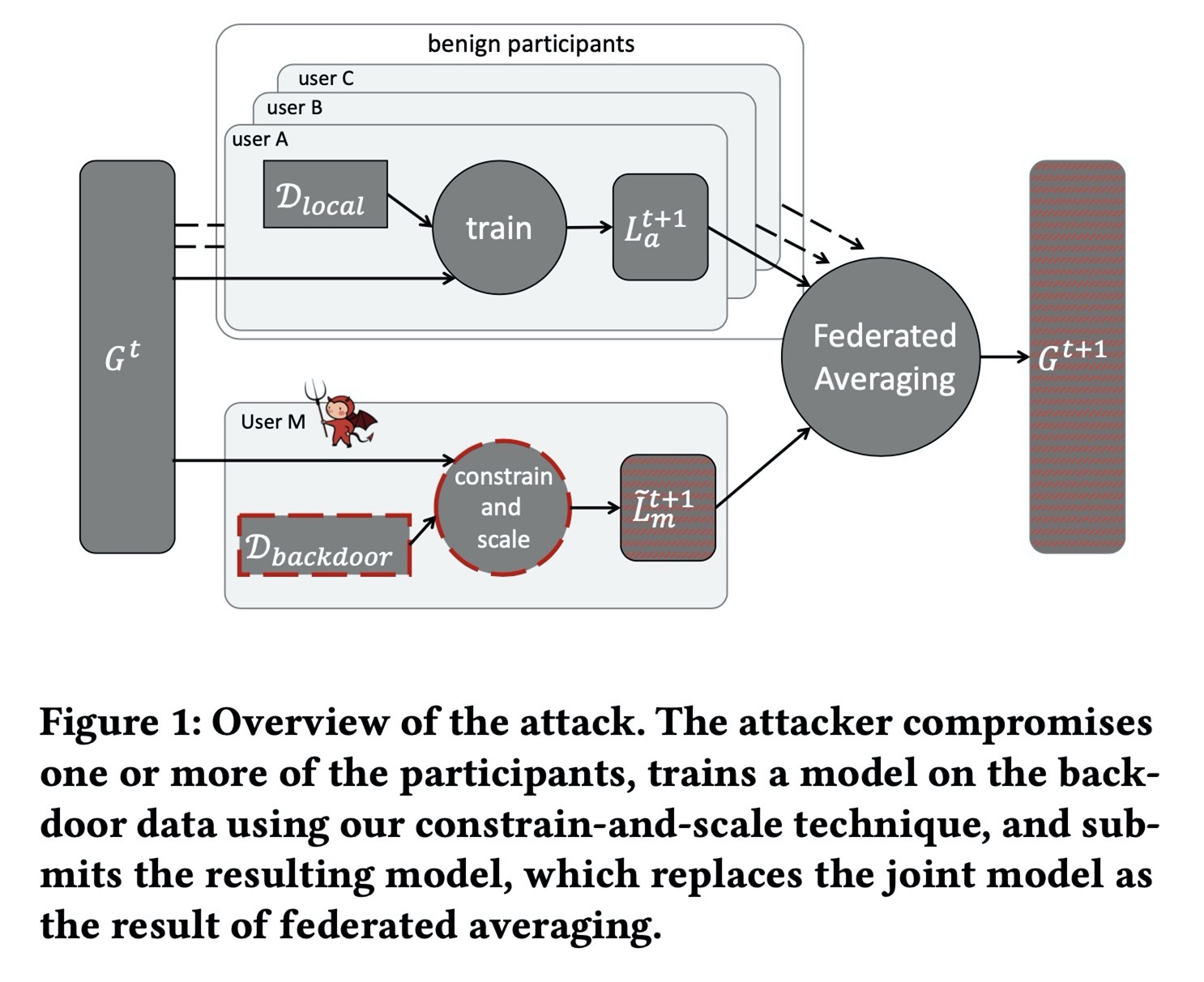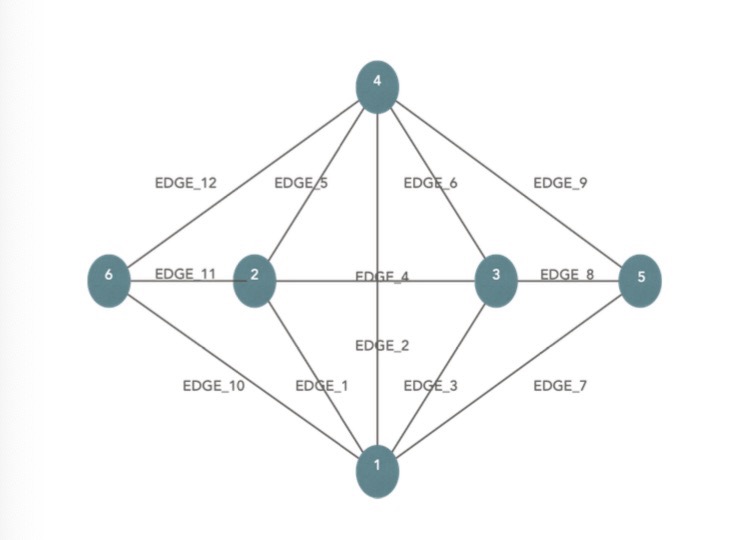Research Experiences
Project 1: Prevent Backdoor Attacks using matching network
- Problem Statement: How to offend a hide and strong attack with changing several labels or hyperparameters with just one shoot
- Solution: The key to solve this kind of attack is to find how, where and what the attack perform, the contribution of my work is the following:
- Evaluated whether the initial meta-training by benign users do not include correctly-labeled examples of backdoor classes
- Investigated the case where backdoor classes are present, with correct labels, also during fine-tuning.
- Explored the effects of additional supervised fine-tuning with the different hyperparameters
- Proposed a defense mechanism applied by each benign user: used just a few labels to predict unseen labels when evaluating the federated model
- Results: This kind of defense mechanism can actually totally eliminate the backdoor attack from federated users


Project 2: Neutral ensemble search on off-line quantization
- Problem Statement: How to search and compress a model without losing accuracy
- Solution: By training a accuracy predictor to directly measure different quantized model and using evolution method to select the highest predicted model, we can finally evaluate and get the best performance model:
- Pre-trained model preparing for the quantization and collected dataset to train a accuracy predictor
- Selected three best model quantized parameters by using evolution search and accuracy predictor
- Using neutral ensemble search to search the best performance quantization model
Results: The model can achieve the same accuracy with the original model with just 1.73MB.
- Demos



Project 3: Robotic Network Routing Optimization using Multi-Armed Bandit
- Problem Statement: How to search and manage a best path for the robotic network
- Solution: Motivated by the Multi-Armed Bandits problem, we decided to use Thompson Sampling combined with shortest path algorithm and Bellman Ford algorithm:
- Compared the regrets of Dijkstra’s algorithm with Thompson Sampling , Upper Confidence Bound and Greedy Algorithm;
- Chose linear combination of arms (edges) each time rather than one edge each time to avoid exponential growth actions
- Used the optimal algorithm—Thompson Sampling in the distributed robotic network system with Bellman Ford algorithm to search for the shortest route.
- Calculated the new bound of regrets for the linear combination Thompson Sampling
- Results: After enough iterations, which depends on the number of arms, the best path can be chosen.


Project 4: China Robot Competition, Yibin, Sichuan, China
- Problem statement: prepared for the basketball robot competition which scored for the accurate shoot by the basketball robot, the contribution of my work is the following:
- Designed and refitted electromagnetic launch system of basketball robot to improve shooting efficiency and hit rate: recharged capacitance with increased voltage, discharged the capacitance through inductor to produce magnetic field which could control pontil of the launch system more preciously
- Remodeled power source system: changed old linear power supply into switching power supply, adjusted output voltage through modifying duty ratios, installed more shield and grounding measures
- Applied the optimized neural network on image recognition to process color images and depth map, as well as to use the depth map to measure distance
- Results: our group actually got the highest scores and won the first prize
Project 5: Neural Network Optimization Using Complex Value
- Problem statement: replace real value with complex-valued variables in the neutral network to improve the performance, the contribution of my work is the following:
- Optimized neural network based on Single-Shot Multi-box Detector (SSD) by replacing real variables with complex-valued variables: batch-processed to normalize complex-values and initialized weight function of complex-values by plural convolutions;
- Improved image recognition precision to enable sized bounding box at more accurate testing position;
- Reduced data loading of each layer by shrinking matrix’s size to simplify complexity of the neutral network;
- Modified testing procedure of image recognition to reduce testing duration;
- Results: The complex-valued based model achieved thirty percent higher accuracy than the real-value model
